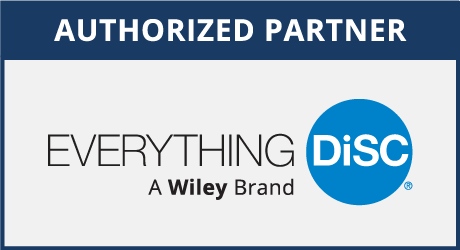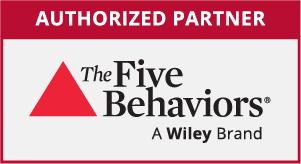Teams often go through a natural progression of development, frequently characterized by the stages outlined in Bruce Tuckman's model: Forming, Storming, Norming, and Performing.

Storming is a critical stage where team members are beginning to express their individual personalities and viewpoints. This phase can result in conflict due to differing opinions, work styles, and goals. However, it is also an opportunity for growth and development where collaboration and trust flourish. By embracing challenges and disagreements, teams can emerge stronger and more cohesive.
Trust and Accountability are the foundations of high-performing teams. When team members trust one another, they feel safe to express their ideas, take risks, and voice their concerns without fear of judgment. Accountability, on the other hand, ensures that everyone stays aligned with team goals and can count on each other to deliver on commitments.
Steps to Build Trust and Accountability
1. Encourage Open Communication
Create an environment where team members feel comfortable sharing their thoughts and feelings. Regular check-ins or feedback sessions provide platforms for open dialogue. Encourage everyone to voice concerns and celebrate successes, fostering an atmosphere of transparency.
Action Tip:
Implement weekly team meetings where members can share updates, challenges, and ideas—ensuring everyone has a voice.
2. Define Clear Roles and Responsibilities
Ambiguity can lead to conflict, especially during the Storming phase. By clearly defining each team member's role and what they are accountable for, you reduce overlap and bumpiness in collaboration. Everyone should know what is expected of them and how their contributions fit into the team’s goals.
Action Tip:
Create a visual representation of roles and responsibilities, like a RACI matrix (Responsible, Accountable, Consulted, Informed), to clarify expectations.
3. Lead by Example
This should go without saying, however, as a leader, your behavior sets the tone for the team. Demonstrate accountability by owning your responsibilities and being transparent about your own challenges. When your team sees you act with integrity and courage, they are more likely to follow suit.
Action Tip:
Share your experiences and lessons learned from mistakes in appropriate settings—these discussions help normalize vulnerability and encourage others to do the same.
4. Foster a Culture of Collaboration
Encourage team members to work together on projects and problem-solving tasks. Collaboration can defuse tensions and build relationships. When people share successes and challenges, they cultivate a deeper understanding, relational bond, and support of each other's work.
Action Tip:
Establish team-building activities or collaborative projects that require input from all members, allowing them (and their strengths) to shine.
5. Recognize and Celebrate Contributions
Acknowledging individual and team achievements reinforces positive behavior and fosters a sense of belonging. Celebrate both small and large wins, creating a culture where everyone feels valued.
Action Tip:
Implement a recognition program where team members can publicly acknowledge each other's contributions in team meetings or via a team channel.
6. Implement Feedback Mechanisms
Feedback (not “constructive,” not “critical” – just Feedback) is vital in the transition from Storming to Norming. Regularly solicit feedback from team members about processes, collaboration, and individual performance, then act on it. This practice builds trust and shows that you value input.
Action Tip:
For ideas, check out The Power of Feedback: Why Great Leaders Seek It Out
Building trust and accountability while moving from Storming to Norming is not just a desirable goal; it's essential for the long-term success of your team. By encouraging open communication, clarifying roles, leading by example, fostering collaboration, recognizing contributions, and implementing feedback mechanisms, you can guide your team through the challenges and opportunities that the Storming phase presents.
This journey is not always easy, but the reward—a high-performing, tightly-knit team—makes it worth the effort. Together, you can transform conflicts into constructive discussions and harness the diversity of strengths and perspectives for greater success. The shift from Storming to Norming is not just progress; it is the foundation for achieving collective goals and fostering innovation in your team. Start today, and nurture a culture built on trust and accountability!




